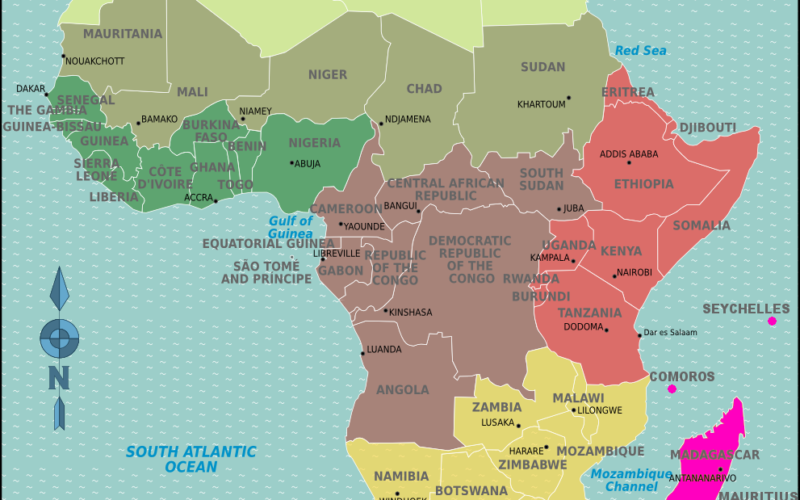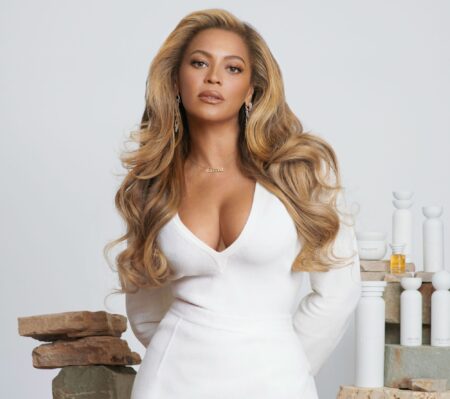Reflecting on the inaugural 1933 Orange Blossom Classic.
The 2023 Celebration Bowl featuring Florida A&M University and Howard University occurs on the 90th anniversary of their first matchup. The inaugural Orange Blossom Classic in 1933 would become the model for the Celebration Bowl. This excerpt from my book Blood, Sweat, and Tears: Jake Gaither, Florida A&M, & the History of Black College Football (University of North Carolina Press, 2018) describes the historic 1933 game that sets the stage for Saturday’s Celebration Bowl.
In December 1933 on a warm, breezy, and clear evening at Jacksonville’s Durkee Field, Florida A&M played Howard University in front of more than five thousand fans in the inaugural Orange Blossom Classic (OBC). The game was FAMU’s first intersectional game in fifteen years and attracted the largest crowd in the team’s history to that date. The FAMU Rattlers’ opponent, the Howard University Bison, represented the black college football elite. The Bison began playing in 1894, and nearly two decades later the school became a founding member of the CIAA. Private HBCUs like Howard University, Lincoln University, and Tuskegee University dominated the first twenty-five years of HBCU football, fielding the best and most competitive teams…In 1920, Howard University claimed the first national title on Thanksgiving when it defeated Lincoln 42 to 0 in front of 20,000 fans. Under the leadership of former Tufts University star player Edward Morrison, the Bison had outscored opponents 132 to 3 during its title-winning season. The Bison would add two more titles by the 1926 season.
The inaugural OBC, however, demonstrated that something was shifting. Athletic scandals and the Great Depression had wrecked Howard’s previously dominant football program. A disagreement between Howard and Lincoln over the eligibility of a Bison star player caused the Washington D.C. school to withdraw from the CIAA in 1924 and to end the popular Thanksgiving game between the two schools. The football controversy joined the student body’s campaigns calling for fewer religious services and less discipline all of which resulted in Mordecai Johnson being named the school’s first African American president in 1926. Many believed that Johnson’s arrival would restore the Howard-Lincoln rivalry and boost Howard’s athletic program, as the new president had been a two-year starter at quarterback at Morehouse College. But Johnson ended financial assistance for housing and meals for the athletes. Forty-five football players went on strike in 1927 in response. Howard’s administration remained resolute in its opposition to the creeping commercialism in college football, standing fast against athletic inducements and player eligibility. The change in athletic policy had immediate consequences. Most notably, the Bison were winless in 1929. Howard still had tremendous name recognition as the “Capstone of Negro Education,” but the football program paled in comparison to its title-winning teams a decade earlier. Howard’s downward trajectory met FAMU’s ambitions in Jacksonville.
The Orange Blossom Classic was the brainchild of J.R.E. Lee, Jr., the school’s business manager and the president’s son. He envisioned “the biggest intersectional contests Florida has ever witnessed.” By hosting a top intersectional opponent annually, FAMU would be able to show off the improving quality of the Rattler team, highlight the merits of Black colleges, and promote black tourism. The plans were audacious. FAMU had been a perennial loser. According to official records, the Rattlers had won only 11 games in the decade before the OBC. The game, which would annually become the Rattlers final regular season game, seemed like a questionable venture, given the school’s poor record. Lee Jr.’s plan for a game was based on FAMU’s newfound commitment to developing a sporting congregation across the state.
The OBC differed from other games then known as “classics.” The early classics were played on Thanksgiving, such as the Howard University-Lincoln University game or the Turkey Day Classic featuring Tuskegee and Alabama State in Montgomery. Other successful classics were played in conjunction with state fairs, with games being usually held mid-season. For example, Southern tussled with Bishop College in the first Louisiana State Fair Classic in October 1922, and the first Texas State Fair Classic was played three years later. The OBC on the other hand was modeled after post-season exhibition bowl games, such as the Rose Bowl, which had created national interest through intersectional games that pitted teams from different parts of the country that did not play regularly. The Rose Bowl matched a team from the Pacific Coast Conference (now the Pac-12) against a quality opponent from the East or Midwest. Ten thousand fans attended the first black college intersectional football classic in Houston, when Prairie View battled Atlanta University in the Southwestern Classic in January 1929. Despite FAMU’s mediocre football history, Lee, Jr. envisioned that the OBC, played annually on the first Saturday in December, would determine the black college football national championship. He believed that the OBC location would allow FAMU to overcome a weak gridiron tradition and defy big game norms.
Lee, Jr. publicized the game across the country. He secured special rates on the Atlantic Coast Line for travelers coming from the East and the West coasts of Florida, as well as those coming from southern Georgia. FAMU’s marching band (not yet the Marching 100) made the trip to Jacksonville. Significantly, FAMU’s administration convinced Chester Washington, sports editor of the Pittsburgh Courier, to attend the game. The Courier devoted as many as four pages per week on sports coverage. Beginning in 1926, Washington chose Black college football All-Americans for the Courier. He typically traveled thousands of miles every fall to report on games and to watch players. Getting Washington to Florida for the first time was a major publicity coup for FAMU. Lee, Jr.’s biggest feat, however, was simply getting the Howard football team to the game. Since Abraham Lincoln proclaimed the first Thanksgiving Day in 1863, the holiday traditionally fell on the last Thursday of November. In 1933, there were five Thursdays, meaning the Lincoln-Howard game fell on the afternoon of November 30th. The Bison only had two days before they played the Rattlers. After its 13 to 7 victory over Lincoln, the Bison football team rushed to the train “scarcely stopping to change their clothes” to make for the nearly one thousand mile trek to Jacksonville. Lee, Jr. charted a special train to get the Howard team from Atlantic City to New York to catch “the Havana Special” to Jacksonville. When the Bison pulled into town “the largest number ever assembled to witness a football contest,” awaited.
Continue reading over at First and Pen.
This content has been brought to you by First and Pen in partnership with TheHub.News. First and Pen “amplifies local sports stories from voices of color to the national conscience…”








